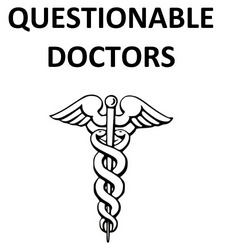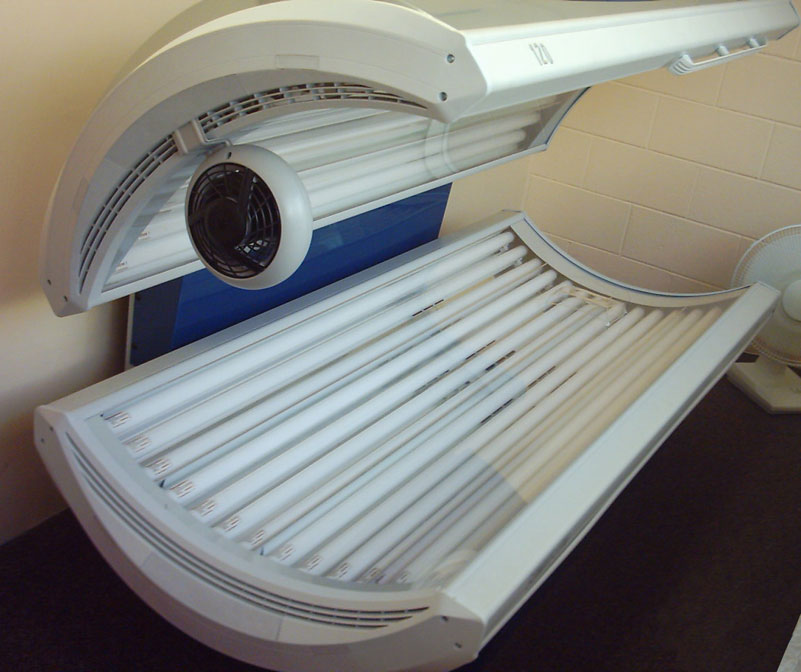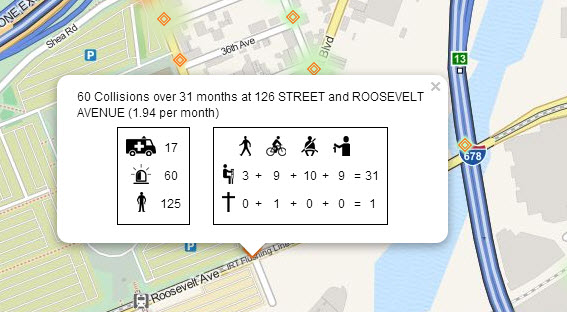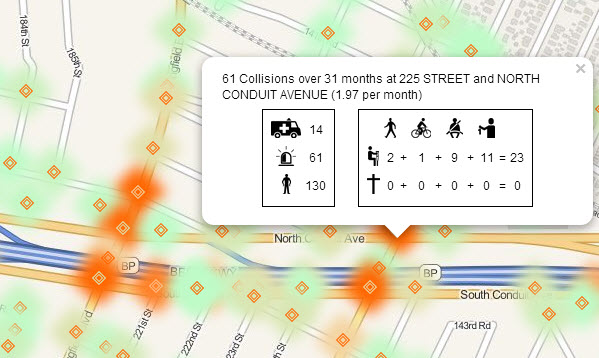A construction worker died recently after plunging 5 stories down an elevator shaft on a New York construction site. The worker was wearing a safety harness but he wasn’t connected to a lifeline. A second worker was also injured as he plunged from the second to the first floor. The site, a 6-story new building under construction, was hit with a stop work order by the Department of Buildings.
Falls is the deadliest hazard in the construction industry. The accident happened during the OSHA National Safety Stand-Down to Prevent Falls in Construction.
Read more in CBS New York
 New York Personal Injury Attorneys Blog
New York Personal Injury Attorneys Blog



 The confusing labelling may lead customers to believe they can use these test strips with the Advocate Redi-Code blood glucose meters, model numbers TD-3223E, TD-4223E, TD-4223F, TD-4276 manufactured by Taidoc Technology Corp which could result in incorrect glucose results.
The confusing labelling may lead customers to believe they can use these test strips with the Advocate Redi-Code blood glucose meters, model numbers TD-3223E, TD-4223E, TD-4223F, TD-4276 manufactured by Taidoc Technology Corp which could result in incorrect glucose results. 

 The second accident happened at the intersection of 130 Street and N. Conduit Ave which is also an intersection with a high rate of accidents. According to NYC Crashmapper, over the last 31 months, 64 collisions happened at this intersection. 148 people were involved. 1 pedestrian, 1 cyclist, 15 passengers and 12 drivers suffered personal injury.
The second accident happened at the intersection of 130 Street and N. Conduit Ave which is also an intersection with a high rate of accidents. According to NYC Crashmapper, over the last 31 months, 64 collisions happened at this intersection. 148 people were involved. 1 pedestrian, 1 cyclist, 15 passengers and 12 drivers suffered personal injury. 